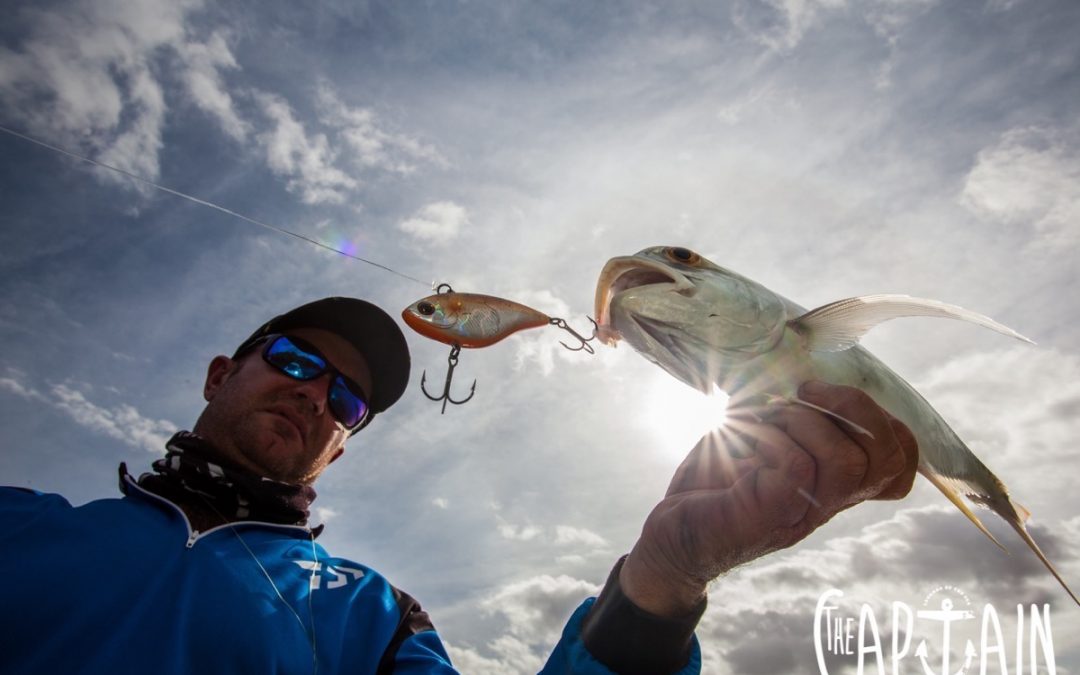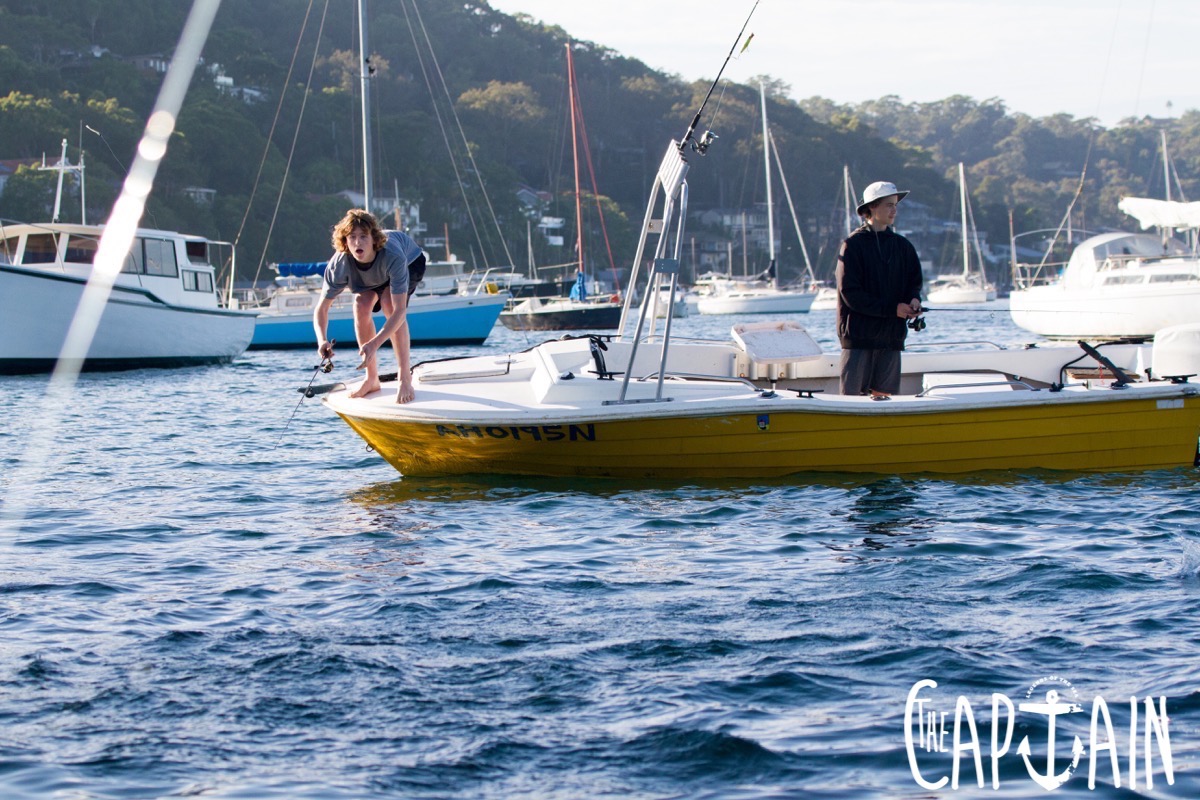Hunters versus hopers with . Which one are you? Justin Duggan considers some scenarios…
Scenario 1:
The hunter arrives at the honey hole, right on the tide change.
He casts to the sweet spot, landing a perfectly-presented soft plastic 5cm from the main snag. After one short twitch, a plump perch engulfs the imitation.
The angler responds with a firm, short strike and the perch is hooked in the jaw. Drags are perfectly set and the stiff rod does its job to pull the puddin’ out of the hole.
Mission accomplished.
Scenario 2:
The hoper arrives at the honey hole, fortunately right on the tide. What a coincidence.
He flings a rusty old popper into the honey hole, landing 80cm short of the main snag. A big perch looks up inquisitively, then wanders out for a closer inspection. But as he gets closer, the imitation bait fish connected to a heavy monofilament leader is ripped through the water, skipping over the surface at a rate of knots the perch has never seen before.
“WTF was that?” he thinks, before shyly slinking back into his hole.
Hunters understand their quarry, study fish habits, plan tides, preferred lures, flies or baits and execute a well-planned attack.
The hoper usually grabs a poorly-maintained outfit from the garage, a packet of frozen prawns, a case of beer and heads to the nearest overfished section of water.
Guess which one catches more fish? Maybe a simplistic summary, but it can be applied to every facet of an angler’s approach.
To become a hunter, we need to get inside the mind of a fish and literally turn them on. Landing your bait or artificial in the zone is half the battle – so get your casting right.
Next we need to feed that fish, not just hope it will eat. And there are triggers to getting certain species to eat. Barra are a great example: landing the lure centimetres from their lair is essential.
The hunter also knows the first twitch of that lure needs to be short and sharp, he doesn’t want to pull the lure out of the strike zone with the first rip of the rod tip. It’s a wiggle, a pause, a jiggle, pause – keep the lure in the zone.
Hopers on the other hand, blindly cast and wind the lure aimlessly – and they may get lucky.
Hunters are also aware of their leader and line visibility – clear water needs lighter leaders, more often than not.
Know your quarry, how hard is their jaw? How do they strike? Big thick hooks on light rods won’t penetrate a jewfish mouth…
What angle is the rod held to set that hook? High rod angles put little pressure on the hook end.
Hunters know how to make every twitch of the rod impart an action in their lure or soft plastic. There is very rarely a wounded baitfish in the ocean that lives for long. If you want a bait, fly or lure to get eaten, then make it look vulnerable and wounded. Some lures impart their own action, while others require input from the angler using rod manipulation.
From choosing tackle right down to tides, casting and retrieves, the hunter knows their quarry and makes their own luck, whilst the hoper dangles a line and gets pissed on the bank – not that some would have a problem with that.
BECOME A HUNTER
- More wobble, more gobble – get that lure or fly to appear wounded.
- Mix it up – vary retrieve speeds to work out what can trigger an attack. Pelagic fish may like speed, bass may want subtle twitches.
- Increase your chances – plan your tides to correspond with high feeding times (early morning and late afternoon).
- Stay sharp – plan your tackle from butt to tip and keep it maintained.
- Be a nerd – keep a fishing diary.





Recent Comments